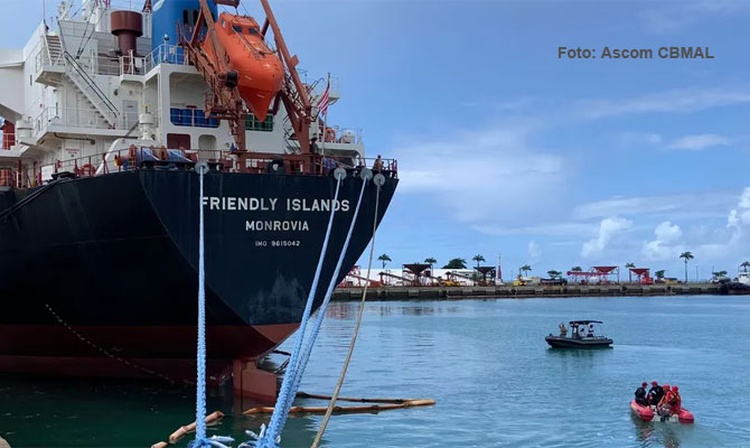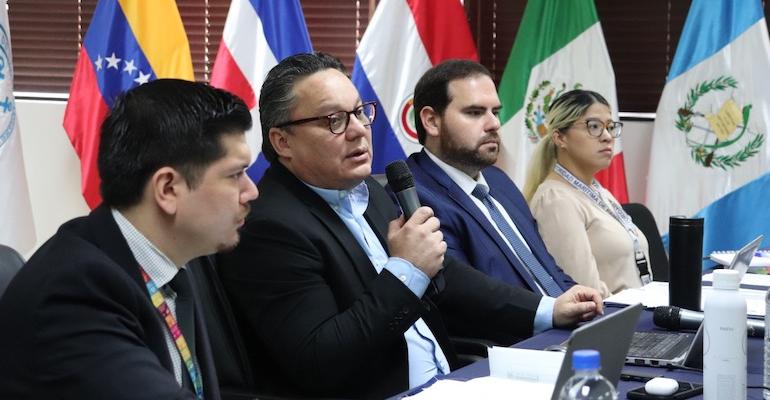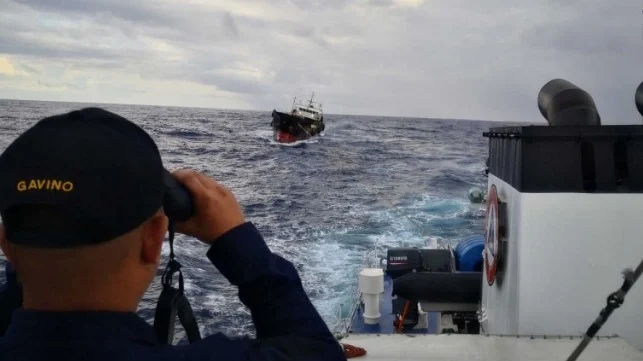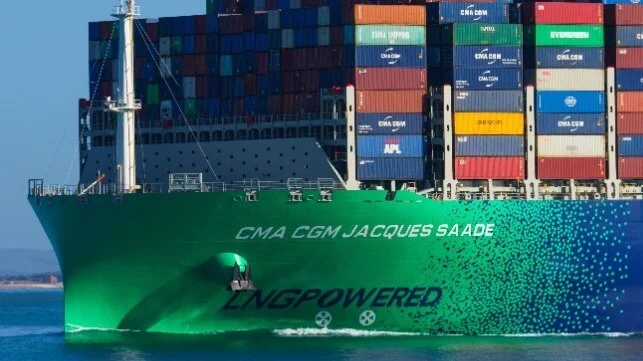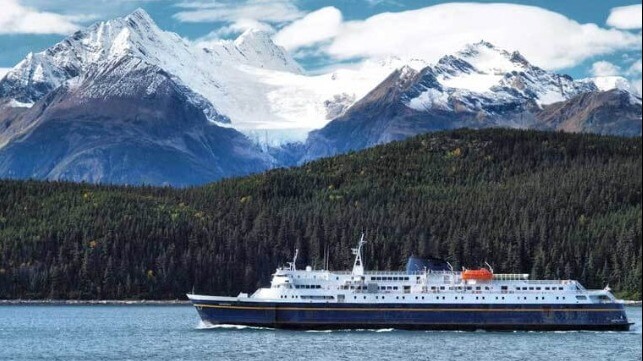Shipping lines and cruise ships are using shortwave radio for secure data transmission and email, while new VHF radio will be introduced in 2020
Radiocommunications is not just for voice communications. It can also be used to transfer internet-of-things (IoT) data from ships to shore without interfering with existing communications or using valuable bandwidth.
Shortwave radio can transmit emails with information, attachments or real-time data from engines, boilers, propulsion and cargo systems to shore for monitoring, analysis and performance optimisation. Data can also be used for predictive maintenance, environmental monitoring, logistics control and financial management.
KNL Networks, part of Kyynel Ltd, has expanded its radiocommunications service for data transmission into WaveAccess Collect. This uses KNL’s shortwave radio on ships to transmit IoT data from onboard systems to shore via a mesh network of vessels connected to one another.
This service is fully global, including connectivity in the Arctic, says KNL Networks chief executive Toni Lindén. Cruise ship operators and commercial shipping lines are using WaveAccess Collect for their data transmission requirements, sometimes from remote locations.
Mr Lindén says there is high reliability on this cyber-secure IoT and digital data transmission service. “Throughout the year our service availability has been 99.9%, including operations in Arctic regions,” Mr Lindén tells Riviera Maritime Media.
“To give you an idea of service reliability and availability, for example, for the last three months we have not lost a single customer data package globally,” he explains.
Cruise ship operators Lindblad Expeditions and National Geographic use KNL Networks for data transmission and primary communications in the Arctic Ocean to receive information on ice and weather via email when internet connectivity is down.
Salén Ship Management also uses KNL for email transmission when its ships are in Svalbard, Arctic Norway, as a back-up to vessel VSAT.
Wisby Tankers and Thomas Schulte Ship Management use KNL Networks for secure long-distance communication, independent of satellite infrastructure.
There is growing traction in producing, testing and delivering WaveAcess Collect. “We are currently running multiple major projects for standardising the data collection and real-time access to data for shipping companies,” says Mr Lindén.
Torvald Klaveness says it uses KNL’s services for data transmissions 24/7 from its fleet of combination carriers. “These regular transmissions have the potential to greatly improve the value of the data collected, but the system also allows us to have data transmitted in real-time from the automation system,” says a representative from Torvald Klaveness.
More ship operators are recognising the advantages of radiocommunications dedicated to IoT and digital data transmission.
“Our system is built securely from hardware to applications and meets the highest cyber security requirements,” Mr Lindén continues. “Providing real-time data access makes it possible to notice anomalies and to react to them, and thus generate real savings and give operational support to crew on board.”
WaveAccess Collect is scalable and can be easily installed by crew. “With our systems being fully remotely manageable, the installation and operation costs go down to levels where return of investment can be just a few days,” says Mr Lindén.
Deployment involves installing a unit for harvesting data from ship equipment and systems. This is then processed and formatted on board ready for transmission through KNL’s WaveAccess shortwave radio mesh network to shore. Data is collated in an onshore database and access provided to shipping companies and third parties via a cloud-based application service.
KNL WaveAccess Collect can be deployed without upfront investment on a monthly subscription. “With our partners we can provide operational awareness and data visualisation, making it a turnkey solution for digitalising fleets in a way that is secure and extremely cost efficient,” says Mr Lindén. Shipowners control the data and can make it available to engine manufacturers and other suppliers for analysis and decision support.
In December 2019, KNL Networks received ISO 27001 certification to recognise its development of information security practices supporting maritime IoT and secure communication systems.
Mr Lindén says this provides its clients with confidence and assurance that “their data is handled in a safe, reliable and confidential manner”.
He adds, “We are capable of supporting them in their journey of digitalising their business and assuring operations even in the most demanding environments.” For expedition cruise ships of Lindblad Expeditions and National Geographic, this includes voyages in the Arctic.
Radio voice communications
Shortwave radio enables clear voice communications ship-to-ship and ship-to-shore. With the latest VHF radio this includes using automatic identification system (AIS) information to speak directly to surrounding vessels and digital selective calling (DSC).
JRC/Alphatron Marine has introduced a new 5-in touchscreen-controlled Class A VHF radio (JHS-800S) for ship operations and a version for inland vessel communications.
JHS-800S has a control unit, speaker, radiotelephone, DSC and high-brightness and colour liquid crystal display. It has hi-fi audio quality voice through the speaker and a protection rating of IP56.
JHS-800S has self-diagnosis, DSC for distress transmissions, playback and recording of radio calls in real-time. It has a Bluetooth interface for communicating with an external wireless speaker microphone, which makes it possible to talk on a location away from the JHS-800S.
It has remote-control functions allowing DSC calls by selecting AIS targets or channel selecting for voice communication from external equipment such as a multifunctional display. JHS-800S is prepared to accept intelligent VHF block channel selection in the future.
The inland waterways version of VHF has the same functions but comes with an automatic transmitter identification system.
Navico introduced a new VHF radio in 2019. Simrad RS40B is the first VHF radio capable of sending and receiving AIS position data. It can share the host vessel’s position with nearby AIS-equipped vessels and receive AIS information from them. This improves situational awareness and collision avoidance for navigators.
Position data is viewable on the RS40-B screen and can be overlaid on a chart or radar through a compatible chartplotter. RS40-B’s Track Buddy enables mariners to share location and keep track of five others.
Icom introduced new versions of fixed VHF radio for release in Q1 2020. IC-M400BBE and IC-M423GE are similar to their predecessors except they feature an integrated GPS and external GPS antenna to meet the latest ITU-R M493-14 regulations. IC-M423GE also has enhanced audio and dual-station capabilities and IC-M400BBE can be stored out-of-sight and controlled by a remote Commandmic microphone.
Icom has also reintroduced the HM-195CMI Commandmic interface enabling multi-station control of the IC-M423GE and IC-M400BBE
نقلا عن : Riviera





